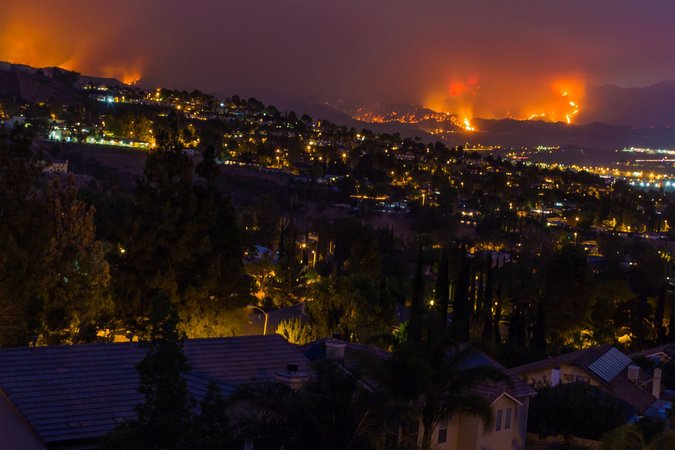The Economics of Forest Fuel Removals on Federal Lands
An RFF working paper examining how to engage the private sector in forest fuel removal on federal lands to reduce wildfire hazard.
Abstract
Despite large recent investments by Congress, the costs of fuel removal and forest restoration needs in the western United States dramatically exceed available funding. Engaging the private sector may provide a means for enhancing the pace and scale of fuel removals to reduce wildfire hazard, but thus far this strategy—which has typically focused on increasing demand for small-diameter fuels—has not been broadly successful. To assess the economics of fuel treatments in the western United States, we develop a spatially explicit model of the revenues and costs of fuel removal in Idaho and Montana, under a variety of treatment scenarios. We find that fuel treatment sales would not be economically feasible across most of the study region unless prices of small-diameter material were to rise significantly, potentially via subsidies or another policy. Nevertheless, under current market conditions, bundling small amounts of sawtimber harvest with treatments is capable of dramatically expanding treatable area. Such an approach is a promising path to reducing fire hazard on public lands; however, a different approach will be necessary to encourage fuel removal on private lands, which make up a disproportionate share of forested lands near communities.






